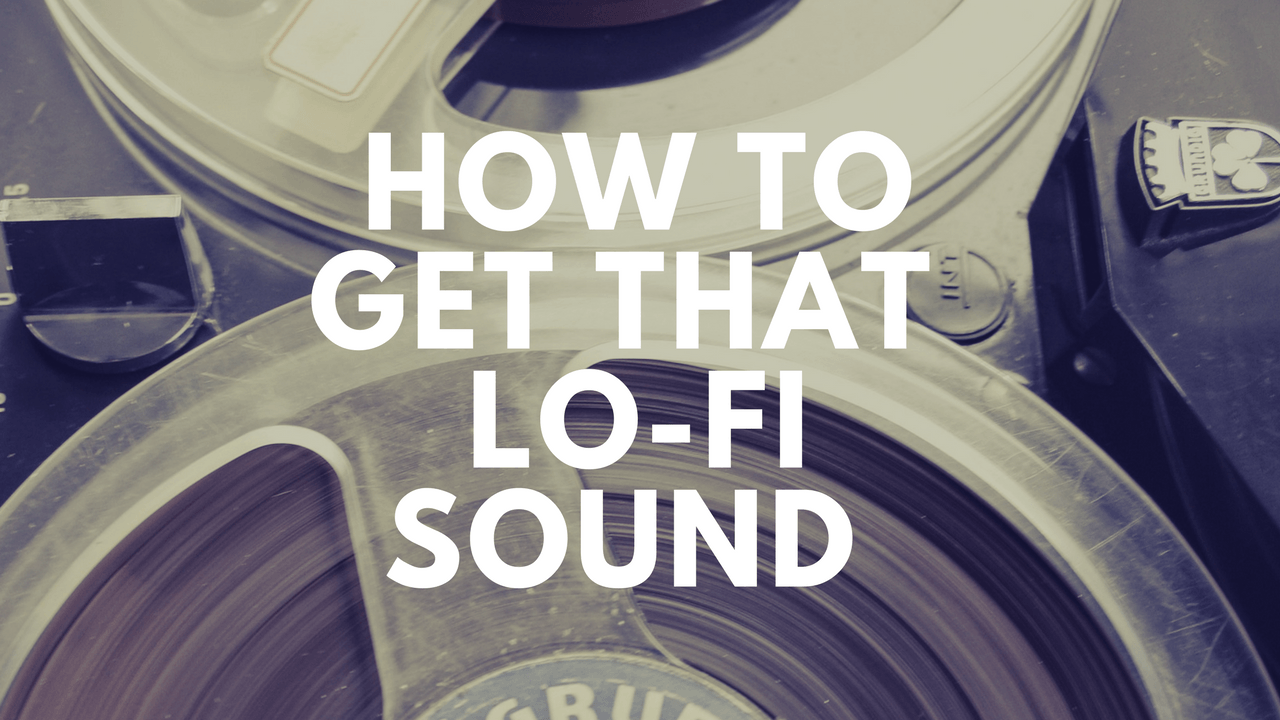How to Create Lo-Fi Hip Hop Beats in any DAW

Figuring out how to create lo-fi hip hop beats is tough. But once you’ve unlocked a few core techniques, you’ll be able to experiment on your own and create your own dusty, lo-fi hip hop. The examples I’m using today are in Propellerhead’s Reason (affiliate link), but this should work for any DAW.
Note: this article may include affiliate links, which means that I receive a commission if you purchase through them. Nonetheless, this did not influence the products I recommend here.
The Basics of Creating Lo-Fi Hip Hop
The basics of creating a lo-fi hip hop sample are simple: you take one sound, speed it up or slow it down, pitch shift it, and add some distortion. But the skill of learning how to create lo-fi beats comes in the order that you do these things, how you do them, and what your source material is.
Here is a video/audio example of how to create lo-fi hip hop samples in Reason. I show you pretty quickly how massively you can create a radically different sound.
So you saw how I took a high pitched short sound and twisted it into a dusty, lo-fi out of focus drifting loop. Pretty neat.
Putting the Beat Together
Now let’s walk through the steps. I got the sample from the George Duke Soul Treasures library included in Komplete. I triggered some slices of that to create a new groove, then bounced it to audio.
I then time stretched that audio out so that the individual hits would have longer decays. This part was a little bit of trial and error, because I wanted a bit of the corruption/distortion from time stretching, but not too much. It’s also worth noting that I cut up each individual hit to stretch out, so that the initial attack and timing of each hit wouldn’t really be affected.
Then I bounced that to a Rex loop and created a Rex player. I added the incredible Wave’s Kramer Master Tape plugin (affiliate link that will get you 10% off) as an insert on that channel, and dialed in a lo-fi tape setting with a lot of warmth, noise, and some wobble.

A good tape emulation is essential for that lo-fi hip hop sound
Then I used the Octo Rex’s pitch shift feature to shift the sample down an octave. This created a really brooding sound starkly different from the original in spirit.
Finally, I used the Octo-Rex’s built in LFO to lightly modify its own pitch Oscillator. Basically, this means the the LFO wave is slightly, slowly manipulating the pitch of the sample, giving it that drifting, lo-fi hip hop feel
There’s a ton more ways you can play with these techniques. Bit crushers can play a huge role. Pitching things up and down and up again can create interesting artifacts. Adding a reverb or delay before creating the loop can give you all sorts of little noises to play with. And of, course, a good vinyl emulation plugin can create a distinctly lo-fi sound.
Once you’ve got your dusty samples, it’s time to start chopping them.
Update (2/2/18): These days I’m pretty much exclusively using Serrato Sample to chop samples. It is like the future of sampling. It makes chopping so fast and easy!
Now that you know how to create lo-fi hip hop sounds, here’s some free samples that you can get started manipulating today!
From a Frustrated Producer in a Ragtag Bedroom Studio to Major Placements on TV Earning $1,000s!
My name is Evan, and I've been making music since around 3rd grade. I'm from San Diego, California, but I've lived in Washington, DC for the last 20 years.
While I still have a full-time day job, I have created systems that have allowed me to produce dozens of songs a year in my spare time.
My songs have been on Netflix, TV shows like the 90 Day Fiance, an award-winning indie film, and NPR’s “All Thing Considered.” They've also been streamed millions of times.
In addition to being a music producer, I am passionate about teaching people how they can make professional-sounding music and earn money licensing it, all in their spare time.
Thousands of musicians, like yourself, have trusted me to guide their musical journey. My YouTube videos have been watched nearly a million times. And my story has been in Forbes, Side Hustle Nation, and the Side Hustle School.





